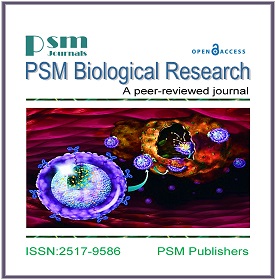Prevalence and Antibacterial Susceptibility of Bacterial Uropathogens Isolated from Pregnant Women in Sana'a, Yemen
Keywords:
Antibacterial, Bacteriuria, Pregnant women, Uropathogens, UTI, Sana’a, Yemen.Abstract
Urinary tract infection is the commonest health problem among pregnant women, particularly in developing countries. The current study was designed to determine the prevalence and antibacterial susceptibility of bacterial uropathogens isolated from pregnant women visiting various hospitals (Al-Sabain, Zaied, and Al-Gmohori) in Sana'a, Yemen. A total of 100 specimens were collected from the midstream urine of pregnant women during the period from March to May 2018. The isolation and identification of bacteria were done following standard microbiological procedures. Antibacterial susceptibility profile was performed according to the Kirby- Bauer disc diffusion technique. The present results revealed that only 18% of urine specimens had a positive growth of bacteriuria, while 82% of specimens were negative. The highest prevalence of bacteriuria was 50% and 44.4% recorded among the age group 23–27 years and pregnant-women had a secondary degree. Also, the high frequency of bacteriuria was (61.1%) found among women with primary and second gravida compared to the low frequency (16.7%) among multigravida (>4). Escherichia coli was (50%) the most predominant isolate in this study followed by Staphylococcus aureus (27.7%), Klebsiella spp. (11.1%), and (5.6%) for each of Coagulase-negative Staphylococcus (CoNS) and Pseudomonas aeruginosa. The high susceptibility of antibiotics was reported; E. coli to ampicillin and cefepime, S. aureus to cefepime, ampicillin, and nitrofurantoin, Klebsiella spp., to cefepime and nitrofurantoin, P. aeruginosa to cefepime, ampicillin, vancomycin. In conclusion, antibacterial resistance profile is required to determine the effective antibiotic before prescription for pregnant women.
Downloads
Published
How to Cite
Issue
Section
License
Copyright (c) 2020 PSM

This work is licensed under a Creative Commons Attribution-NonCommercial 4.0 International License.







